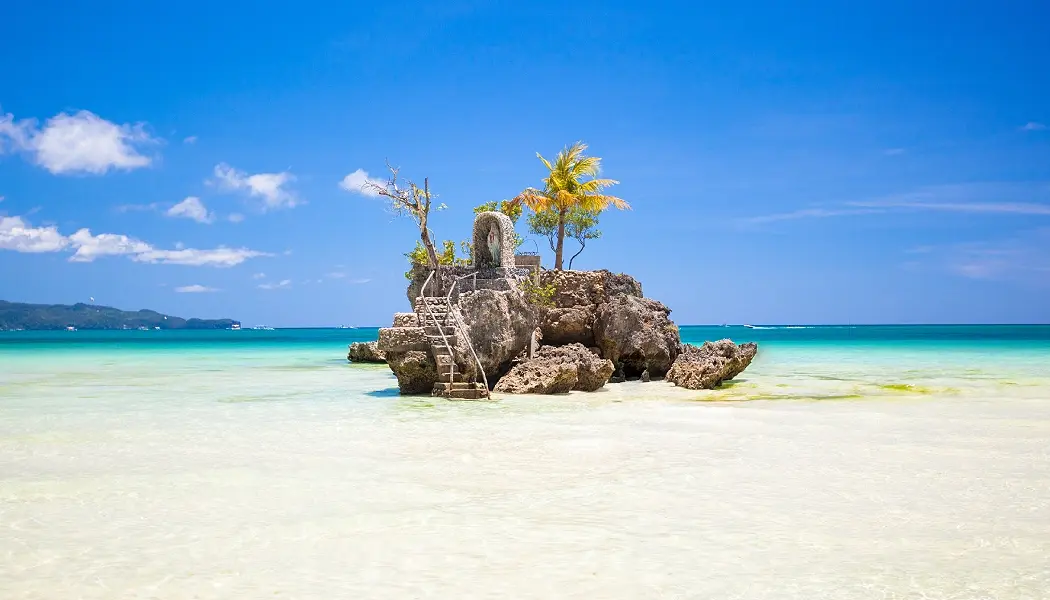Magellan's Cross
This iconic symbol of Christianity in the Philippines was planted by Ferdinand Magellan in 1521, housed in an octagonal pavilion featuring ceiling frescoes depicting the island's conversion to Christianity.
Read More
Cebu, known as the “Queen City of the South,” is a dynamic province in the central Philippines that blends rich history, vibrant culture, and natural beauty. As the site of the country’s first Spanish settlement, Cebu City features significant landmarks like Magellan’s Cross and the Basilica del Santo Niño. Beyond the city, pristine beaches, turquoise waters, and lush mountains offer endless opportunities for adventure snorkeling with whale sharks in Oslob, exploring waterfalls in Badian, and diving in Moalboal are just a few highlights. Cebu is also renowned for its festive Sinulog Festival, a vibrant celebration of faith, dance, and tradition. With a thriving culinary scene, friendly locals, and easy access to nearby islands like Bohol and Malapascua, Cebu is a well-rounded destination that appeals to history buffs, beach lovers, and thrill-seekers alike.


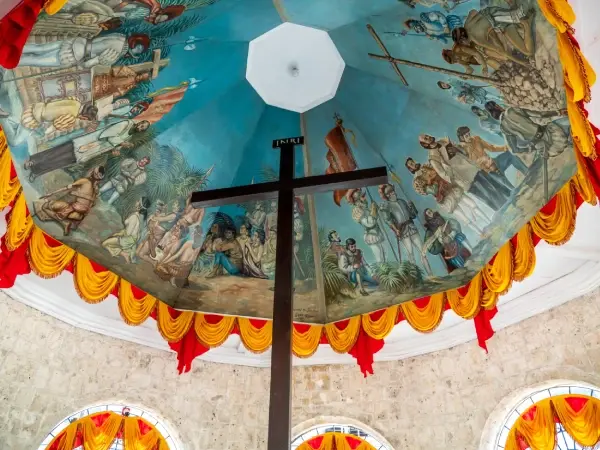
This iconic symbol of Christianity in the Philippines was planted by Ferdinand Magellan in 1521, housed in an octagonal pavilion featuring ceiling frescoes depicting the island's conversion to Christianity.
Read More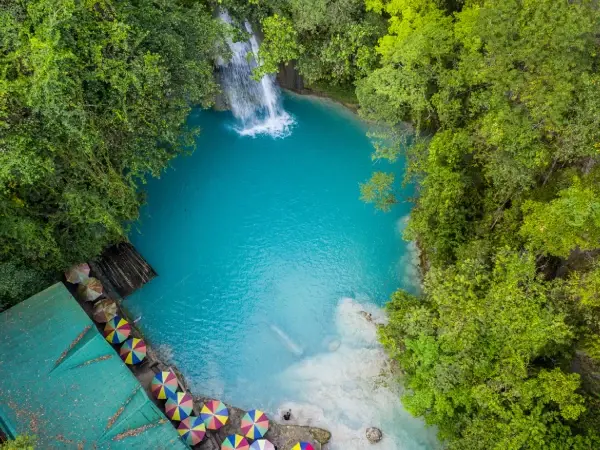
A multi-tiered cascade of turquoise water surrounded by lush jungle in Badian, offering natural swimming pools, bamboo rafting experiences, and the famous canyoneering adventure through the Kanlaob River.
Read More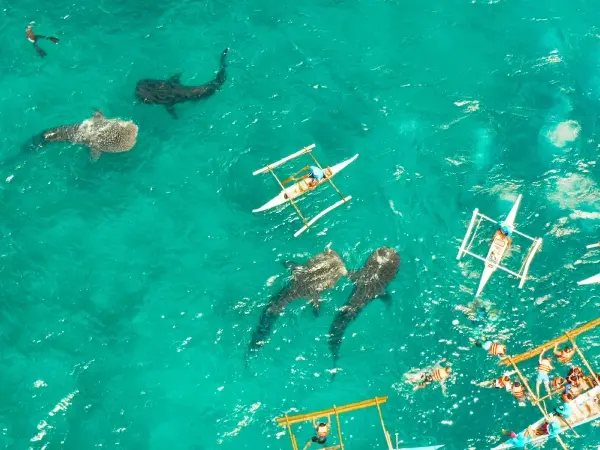
Visitors can swim alongside these gentle giants during controlled morning encounters, though ethical considerations regarding feeding practices should inform participation decisions.
Read More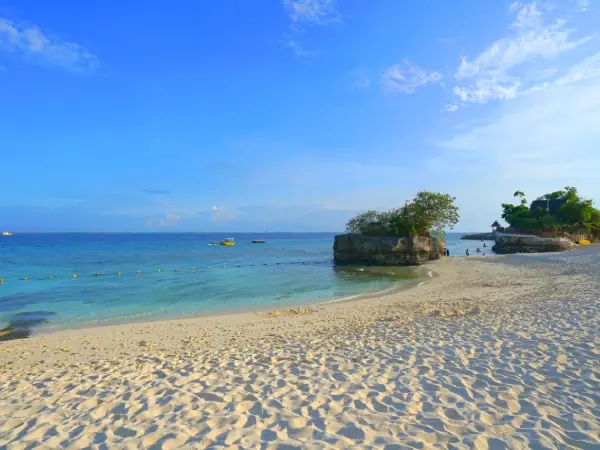
Historic site of the Battle of Mactan blends luxury resorts, marine sanctuaries, and traditional guitar craftsmanship with convenient access to Cebu's international airport.
Read MoreCebu offers a rich mix of cultural, historical, and natural attractions. Explore the heritage sites in Cebu City, including Magellan’s Cross, Fort San Pedro, and the Basilica del Santo Niño. Swim with whale sharks in Oslob or take a boat to Sumilon Island for crystal-clear waters. Snorkel or dive in Moalboal to witness sardine runs and vibrant coral reefs. Chase waterfalls like Kawasan or Tumalog, ideal for refreshing dips and scenic photos. Enjoy island hopping to Bantayan, Malapascua, or Camotes Islands for pristine beaches. Visit the Temple of Leah and Sirao Flower Garden for panoramic views and Instagram-worthy spots. Experience the Sinulog Festival’s cultural parade if visiting in January. Cebu’s diverse adventures promise excitement for nature lovers, history buffs, and beachgoers alike.
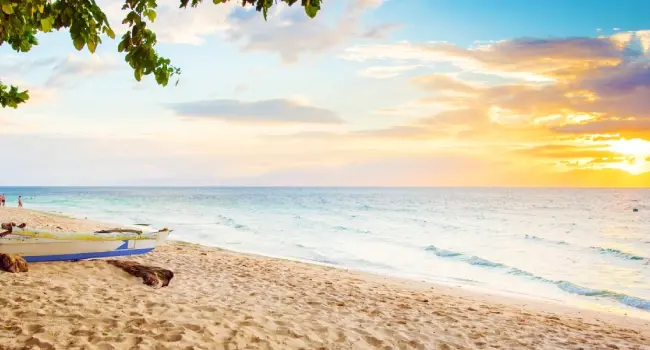
Purchase world-renowned Cebuano guitars and ukuleles, dried mangoes, handcrafted coral stone jewelry, locally-produced chocolate from cacao farms, otap and masareal pastries, and woven hablon textiles. Prime shopping locations include Ayala Center, SM Seaside, Carbon Market, and island crafts villages.
Cebu entices food enthusiasts with its famous lechon, seafood markets, and international cuisine ranging from street food to fine dining. Nightlife centers around Mango Square and IT Park with clubs, live music venues, and rooftop bars. Waterfront Casino offers gaming entertainment. Visitors should use trusted transportation services after dark and maintain beverage awareness in nightlife districts.
Cebu is well-connected by air, sea, and land, with Mactan-Cebu International Airport serving domestic and international flights. Within Cebu City and nearby areas, transportation options include taxis, jeepneys, buses, and ride-hailing apps like Grab. Ferries and buses connect to provincial towns and islands. Cebu is generally safe for tourists, though petty theft can occur in crowded places. Stay alert, secure valuables, and follow local advice during outdoor or marine activities.


